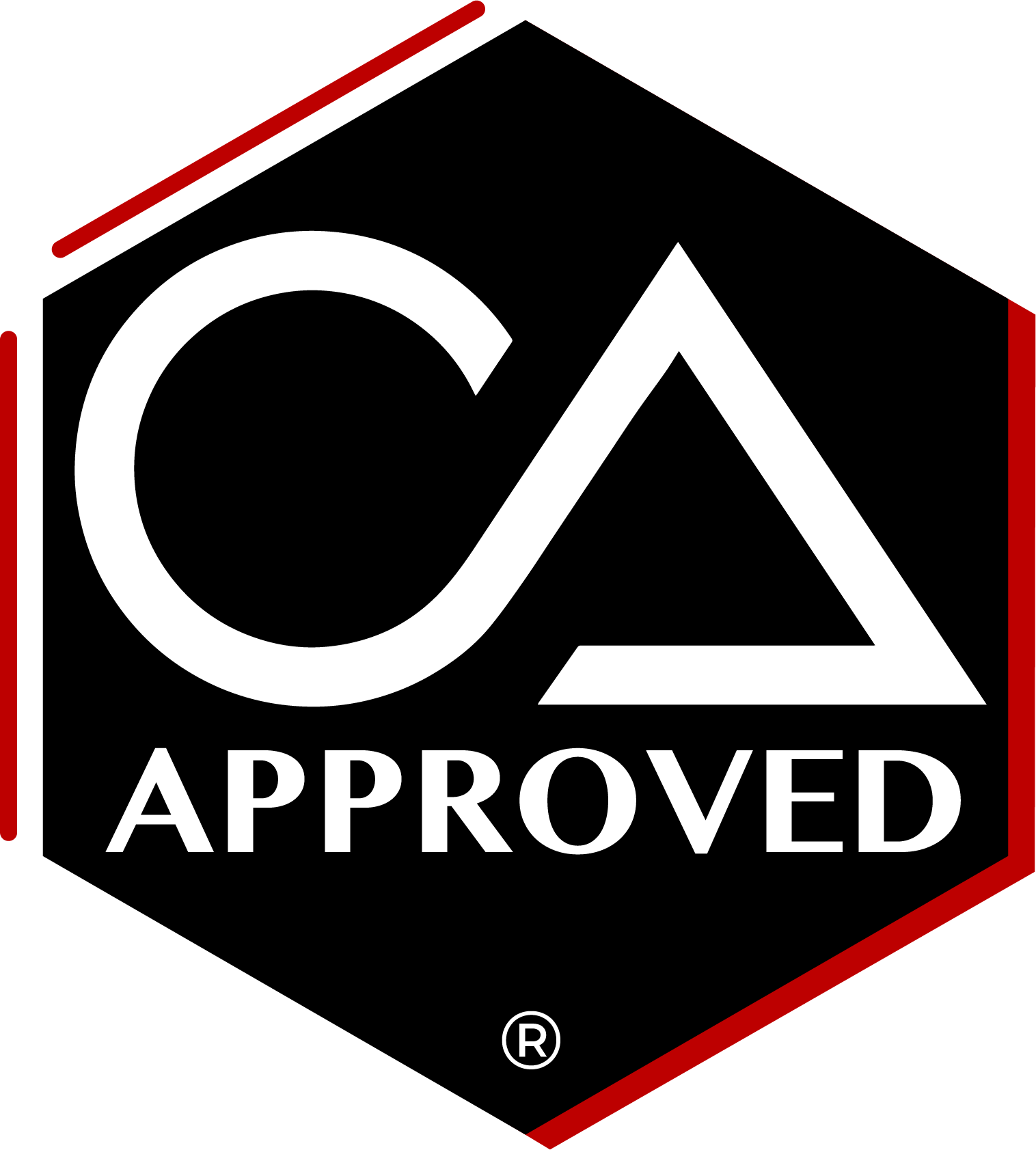Where Standards Meet Integrity
At CA we aim to surpass all FDA, EPA, AMA, and other governing bodies’ regulations while ensuring efficacy, here’s a comprehensive list of tests you should consider for both products and equipment:
Topical, Oral, Injection, and IV Products


